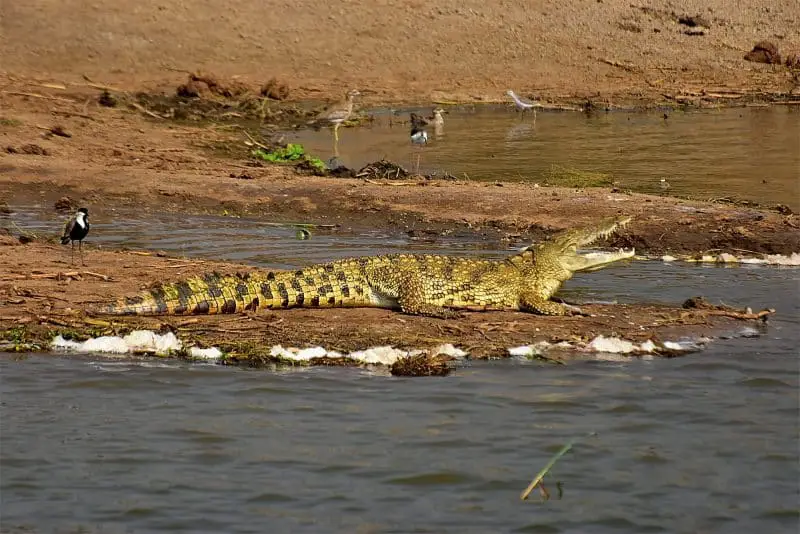Meet the Monster of the River: A Look at the Largest Crocodile Ever
With sharp teeth, powerful jaws, and an impressive ability to swim and hunt, crocodiles truly make up a few of the world’s most dangerous animals. But what would you think of a crocodile that dwarfed all others in size? That’s right; we’re talking about the largest crocodile ever recorded, Lolong.
- This enormous reptile is not just a creature of myth and legend but a real animal that once roamed the rivers and swamps of the world.
- Its sheer size and power have captivated scientists and animal enthusiasts alike. Today, we look closer at this fascinating creature and what makes it so unique.
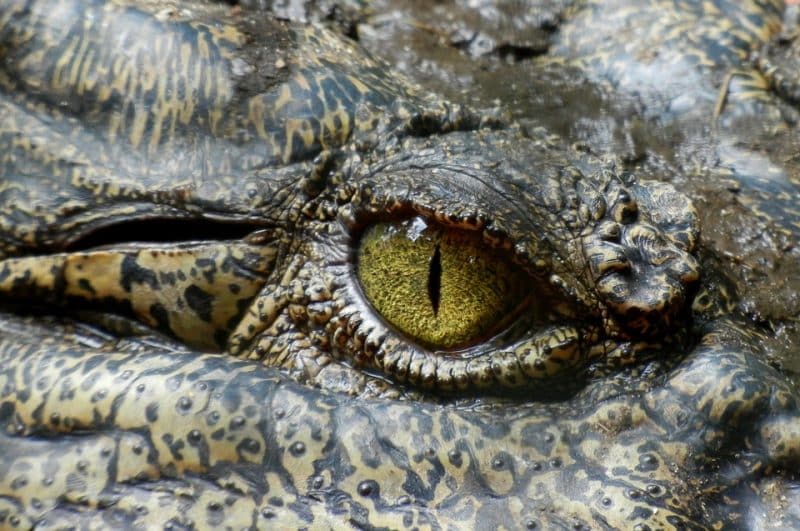
Whether you’re a fan of crocodiles or simply interested in learning more about the natural world, this article will surely provide plenty of interesting facts and insights. So stay tuned, and let’s meet the monster of the river.
Want to jump ahead? Click below
What is the Largest Crocodile Ever Recorded?
Crocodiles are apex predators and have been around for millions of years. These formidable creatures are found in tropical regions worldwide, including Africa, Asia, Australia, and the Americas. Over the years of the animal craze, many people have reported “giant crocodiles,” but only a few have been officially measured and verified. Here are some of the largest crocodiles ever recorded:
Lolong – 23 Feet 3 Inches (7.01 Meters)
- As a saltwater crocodile originating from the Philippines, Lolong earned his place in World Records as the largest crocodile ever recorded (of course, in captivity).
- The crocodile was named after a local hunter who helped capture it in 2011.
- Lolong weighed over 2,370 pounds (1,075 kg) and measured 23 feet 3 inches (7.01 meters) in length.
Gustave – Unknown Length, Estimated Over 18 Feet (5.5 Meters)
- Gustave is rumored to have killed over three hundred people as a Nile Crocodile in Burundi.
- Gustave’s size is unknown, but he has been estimated to be over 18 feet (5.5 meters) in length based on eyewitness reports.
- The crocodile has a distinctive scar on his back, believed to be from a bullet wound.
Cassius – 17 Feet 11 Inches (5.48 Meters)
- Cassius was an Australian saltwater crocodile and the largest crocodile in captivity until Lolong was captured.
- The crocodile lived at Marineland Melanesia on Green Island, Queensland, and weighed over 2,200 pounds (1,000 kg).
- He is still alive today.
Brutus – Over 18 Feet (5.5 Meters)
- Brutus is another Australian saltwater crocodile and a popular tourist attraction at the Australian Reptile Park.
- The crocodile was named after the Roman emperor because of his size and ferocity.
- Brutus is estimated to be over 18 feet (5.5 meters) in length and weighs over 2,200 pounds (1,000 kg).
As impressive as these crocodiles are, the largest crocodile ever recorded was even bigger. Let’s take a closer look.
The Largest Crocodile Ever Recorded – 23 Feet (7 Meters)
While Lolong holds the title for the largest crocodile ever captured, there are unverified claims of even larger crocodiles in the wild.
One such claim is of a saltwater crocodile from Cambodia, whose skull at the Paris Museum measures 760 mm (29.9 in) in dorsal cranial length, making it 8.6% longer than Lolong’s skull, thus implying the longer total length of the crocodile’s actual body.
Despite the lack of more information about this record-breaking crocodile, even the indication of its size and power are a testament to the incredible diversity and adaptability of the animal kingdom.
The Life of Lolong
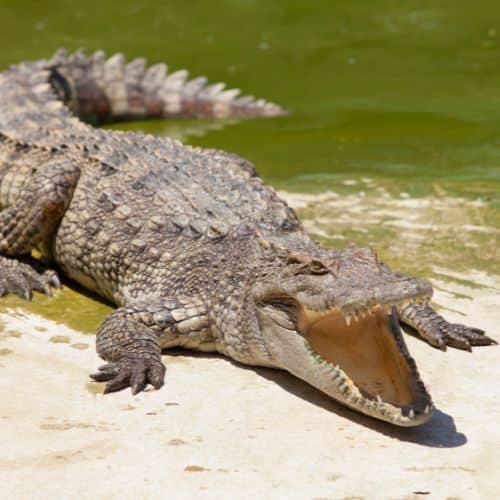
As mentioned above, this animal is the largest crocodile. Let’s look at his life and how he became the largest crocodile ever recorded.
Early Life of Lolong
- Lolong was born in the late 1960s in the Agusan Marsh in the Philippines.
- As a young saltwater crocodile, he was relatively small and would have had to compete with other predators in the area for food.
Discovery of Lolong
- In September 2011, Lolong was discovered by locals in the town of Bunawan, Philippines.
- He had attacked and killed a water buffalo, and his enormous size made him an instant celebrity.
Capture of Lolong
- A team of experts was assembled to capture Lolong and bring him to a safer location.
- After three weeks of trying to catch him, Lolong was finally captured in a metal trap baited with meat.
Life in Captivity
- Lolong was moved to a crocodile farm where he could be studied and cared for.
- He was given a large enclosure with plenty of water and food and quickly adapted to life in captivity.
Death of Lolong
- On the 10th of February 2013, Lolong died at around age 50.
- It was conveyed he lost his life because of heart failure that followed a bout of pneumonia.
- Despite his relatively short time in captivity, Lolong’s legacy as the largest crocodile ever recorded inspires awe and wonder in animal enthusiasts worldwide.
Lolong’s life was a testament to crocodiles’ great size and strength. His legacy as the largest crocodile ever recorded has made him important in studying and conservating these remarkable animals.
While his capture and life in captivity were controversial, they also allowed researchers to study his biology and behavior in greater detail, leading to a better understanding of these apex predators and their role in their ecosystem.
Find out more about Lolong in more detail here!
The Significance of the Lolong
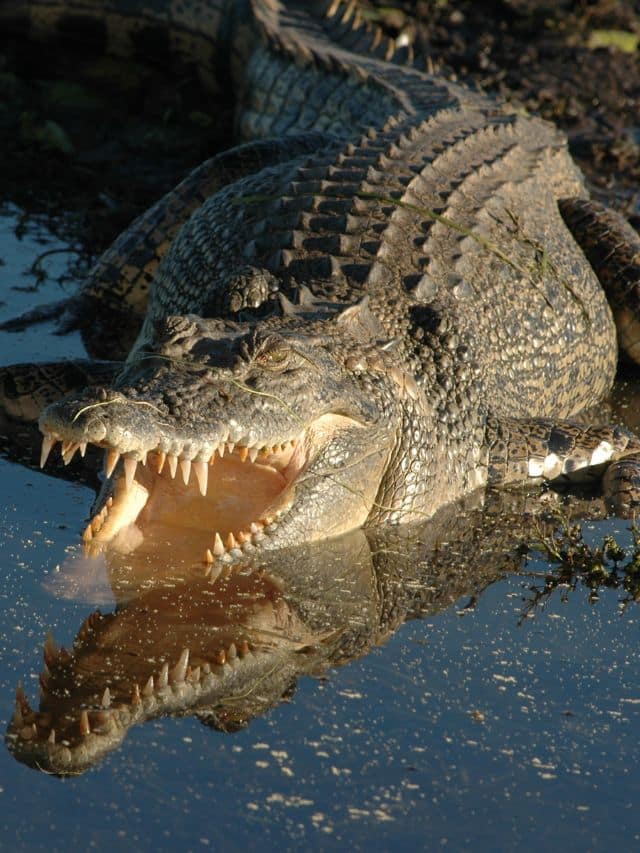
The discovery of the largest croc ever recorded has significant implications for studying and conservating these amazing creatures. Let’s look at how the largest crocodile ever recorded has influenced the scientific community and public perception of crocodiles.
- Increased Understanding of Crocodile Biology
- The discovery of the largest crocodile ever recorded has allowed researchers to study the biology and behavior of these creatures in greater detail.
- By analyzing the size, age, and other characteristics of Lolong, scientists have gained new insights into the growth and development of crocodiles.
- Importance of Conservation Efforts
- The identification of the largest crocodile ever measured has underscored the urgency of conservation initiatives aimed at safeguarding the natural habitats of these creatures.
- As apex predators, crocodiles play a crucial role in their ecosystem, and their decline could significantly impact other species and the environment.
- Public Perception of Crocodiles
- The discovery of the largest ever recorded has captured the public’s imagination and sparked interest in these creatures.
- By learning more about the largest one ever recorded and other species of crocodiles, people can gain a better understanding and love for the natural world.
- Importance of Research
- The discovery of the largest crocodile ever recorded has underscored the importance of continued research into these fascinating creatures.
- By studying their behavior, biology, and ecology, researchers learn a lot more about the natural world and develop strategies for conserving and protecting them and nature itself.
The discovery of the largest ever recorded has significantly impacted the scientific community and public perception of crocodiles.
Moreover, the largest crocodile ever recorded has provided valuable insights by highlighting the importance of conservation efforts, research, and a greater understanding of these apex predators.
Interesting Facts
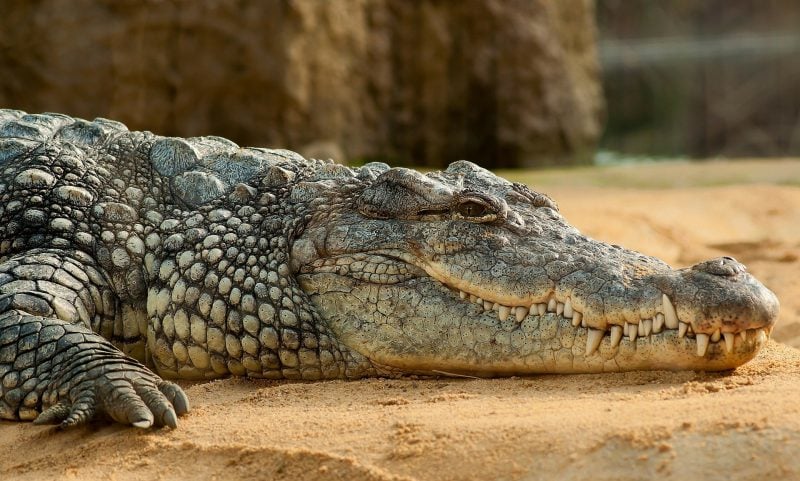
They are fascinating creatures with unique adaptations that have allowed them to survive for millions of years, so here are a few cool points to note about them:
They possess the most powerful bite among all living creatures.
Their jaws have powerful closing muscles, which can hold onto their prey and drag them into the water. Conversely, their opening muscles are equally powerful.
They are ectothermic creatures.
This means they are cold-blooded, but they can regulate their body temperature to fix any issues that might cause.
They can also control blood flow to their muscles and organs to conserve energy and stay warm.
They possess a “transparent eyelid.”
This is called a nictitating membrane. The nictitating membrane shields their eyes as they swim underwater, enabling them to see clearly without getting their eyes wet.
A breath-holding competition? Crocodiles win!
They can hold their breath for an extended period underwater, up to two hours. Their heart rate slows down, which helps conserve oxygen and keeps them submerged for a long time.
A unique auditory system
Their ears are behind their eyes, and skin flap shields their eardrums. This flap of skin allows them to hear underwater and on land, and it also protects their ears while they are underwater.
Essential Immortality – Long-Term Existence Of A Species
- They have existed for over 200 million years, dating back to the Triassic period.
- They have survived multiple extinction events and adapted to live in diverse environments worldwide.
They are Apex Predators
- They are capable of preying on animals that are larger than them, such as water buffalo and even sharks.
The Largest Crocodile Ever belongs to the “Crocodylus Porosus”, the saltwater or estuarine crocodile.
Interesting, right? Here’s a table of crocodiles’ taxonomic characteristics to help you out:
| Kingdom | Animalia |
| Phylum | Chordata |
| Class | Reptilia |
| Order | Crocodilia |
| Family | Crocodylidae |
| Genus | Crocodylus |
| Species | Crocodylus porosus |
Wrapping Up with the Largest Crocodile Ever
Evidently, the largest crocodile ever recorded is truly a magnificent creature. From its massive size and strength to its incredible biology and behavior, the largest crocodile ever recorded is a testament to the diversity and complexity of the natural world.
By discovering Lolong and other incredible crocodiles, we have gained new insights into these apex predators’ biology, behavior, and conservation. We have also learned more about the delicate balance of ecosystems and the importance of protecting the natural world for future generations.
The legacy of the largest crocodile ever recorded will continue to inspire and educate people for years to come, reminding us of the incredible diversity and beauty of the natural world and the need to protect it.
Ultimately, the discovery of the largest crocodile ever recorded is a testament to nature’s incredible power and wonder and a reminder of the importance of conservation efforts to protect these amazing creatures for future generations.
Thanks for following along with us! Next up, Meet the Biggest Great White Shark Ever Recorded.
- Watch Polar Bear Surprised With New Gift At Oregon Zoo - April 8, 2024
- Watch: King Snake Vs Rattlesnake in Georgia - April 8, 2024
- Watch Rare Encounter: Largest Gaboon Viper Caught on Camera - April 8, 2024

